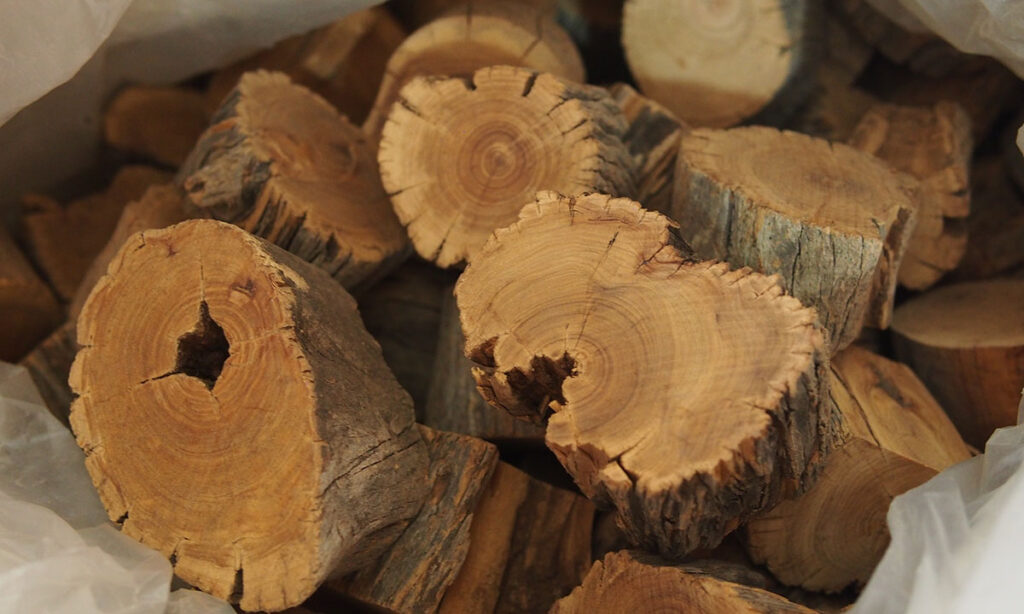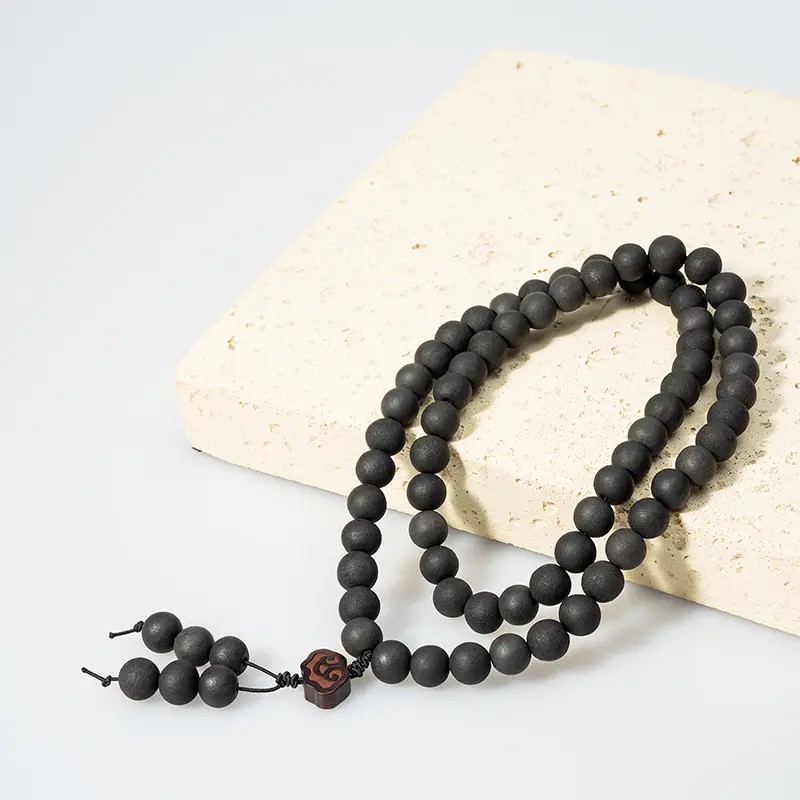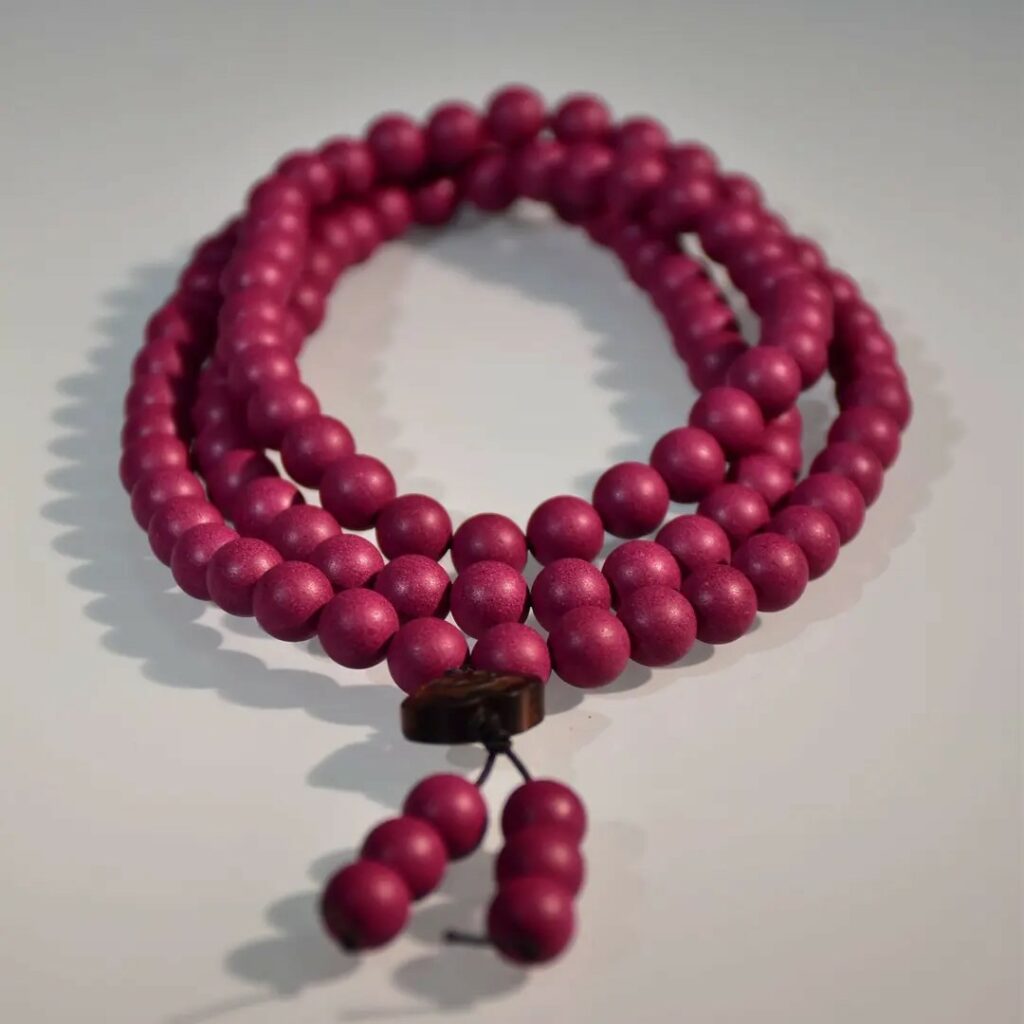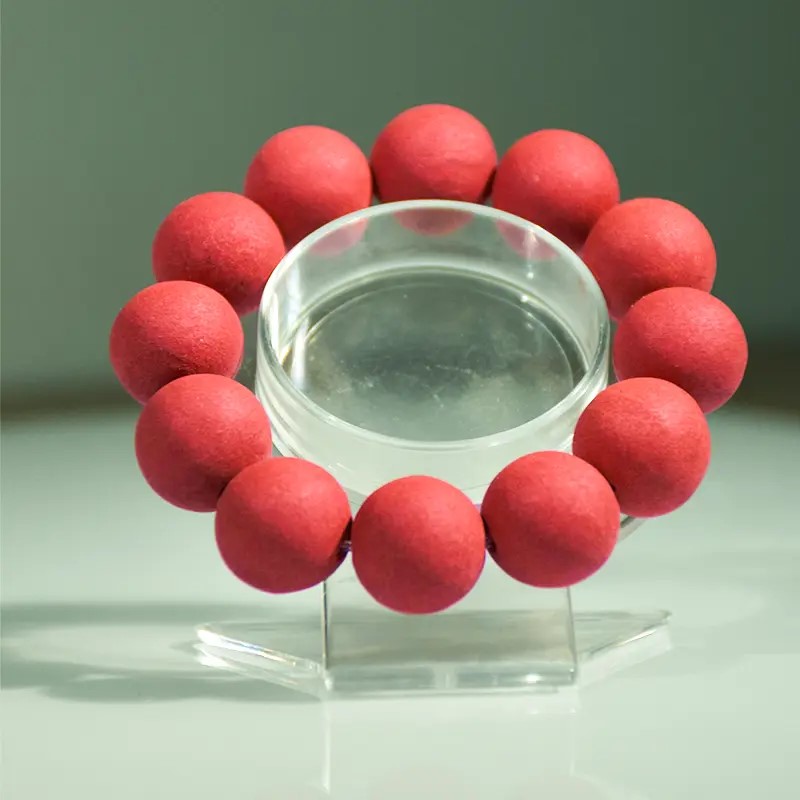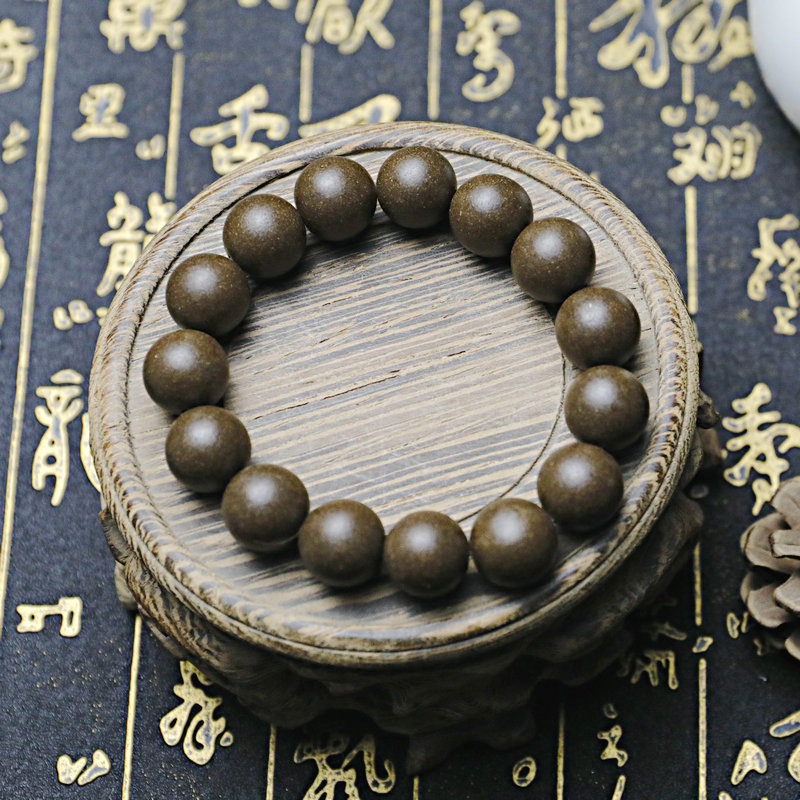In the rich tapestry of traditional Chinese culture, incense has long transcended its role as a mere aromatic substance. It served as a bridge between heaven and earth, a medium for ritual, a tool for healing, and a refined expression of aesthetic and philosophical ideals. Within this tradition, two distinct approaches to incense emerged: the complex, multi-ingredient “scented incense” (he xiang) favored by imperial courts and literati, and the simpler “single-ingredient incense” (dan xiang) commonly used by the general populace. This divergence was not merely a matter of taste—it reflected deep-seated social hierarchies, access to resources, and differing understandings of incense’s purpose.
Today, as mindfulness and meditation gain global prominence, the ancient art of scented incense is experiencing a renaissance. Modern research confirms what classical Chinese texts long asserted: specific aromatic compounds can calm the nervous system, sharpen focus, and deepen meditative states. In this context, high-quality scented incense for mindfulness—crafted according to time-honored formulas—offers a powerful, natural aid for contemporary spiritual and mental wellness practices. Brands like HMMA ART, which meticulously revive classical recipes from authoritative texts such as Xiang Cheng (The Incense Manual) and Chen Shi Xiang Pu (Chen’s Incense Handbook), are leading this revival by producing handcrafted incense sticks that honor both historical authenticity and modern needs for presence and peace.
Traditional Chinese Compound Incense or you can call scented incense
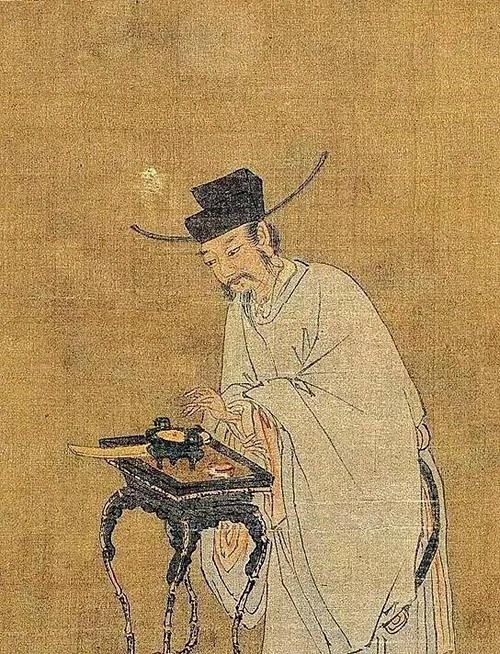
Traditional Chinese Compound Incense
The Delicate Art of Chinese aroma incense
Incense beads, or Chinese aroma incense beads , are far more than simple ornaments. These meticulously crafted spheres, born from the fusion of powdered precious woods, resins, herbs, and binding agents, represent a unique intersection of ancient Chinese fragrance culture, artistry, and contemplative practice. beads
The Distinction: Scented Incense vs. Single-Ingredient Incense
“Single-ingredient incense” refers to the direct burning of one natural aromatic material—such as raw agarwood chips, sandalwood blocks, or dried mugwort. Simple to prepare and readily available, it served practical purposes: warding off insects, purifying the air, or marking seasonal festivals like the Dragon Boat Festival (when mugwort is hung on doors). Its accessibility made it the default choice for ordinary households.
In contrast, scented incense—known in Chinese as he xiang, meaning “harmonized incense”—is a sophisticated blend of multiple aromatic substances, carefully selected, processed, and proportioned according to principles akin to traditional Chinese medicine. Ingredients might include agarwood, sandalwood, borneol, clove, musk, plum blossom, and more, each playing a “role” (inspired by the jun-chen-zuo-shi—“sovereign-minister-assistant-envoy”—formula structure of herbal medicine). The resulting incense stick or incense cake is not just fragrant; it is designed to unfold in layers over time, evoking shifting moods and subtle energetic effects.
Why the Imperial Court Chose Scented Incense
The preference for scented incense in imperial palaces was driven by three interwoven factors: ritual authority, therapeutic sophistication, and aesthetic refinement.
First, incense was integral to state rituals. From ancestral worship to grand court ceremonies, the rising smoke of scented incense symbolized the emperor’s divine mandate and his role as intermediary between the human and celestial realms. Only the most refined, complex blends—often bearing names like “Imperial Xuanhe Incense” or “Plum Blossom in Snow”—were deemed worthy of such sacred contexts. Their exclusivity reinforced social hierarchy: these formulas used rare, imported ingredients like agarwood from Southeast Asia or musk from the Tibetan plateau—luxuries far beyond common reach.
Second, the imperial court viewed scented incense as a form of preventive and restorative medicine. Classical texts such as Ben Cao Gang Mu (Compendium of Materia Medica) document the therapeutic properties of aromatic substances: agarwood calms the spirit (an shen), clove warms the middle burner, and borneol clears the mind. By blending these ingredients, court physicians and perfumers created incense that not only pleased the senses but also regulated qi (vital energy), balanced yin and yang, and supported longevity. This holistic approach aligned perfectly with Daoist and Confucian ideals of harmony between body, mind, and cosmos.
Third, the Song Dynasty (960–1279 CE) marked the golden age of incense culture, where emperors like Huizong treated incense-making as a high art. He commissioned bespoke scented incense formulas that mirrored poetic imagery—capturing the crispness of winter dawn or the first bloom of spring. Burning such incense was an act of contemplation, a sensory journey that cultivated inner stillness and refined perception—qualities essential for both governance and personal cultivation.
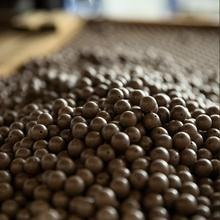
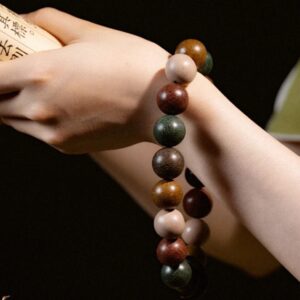
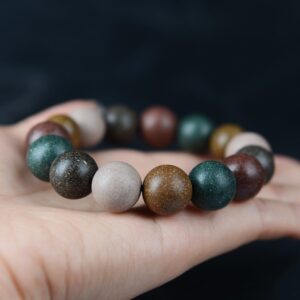
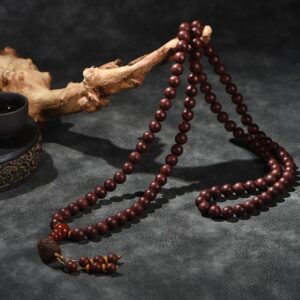
Why Commoners Used Single-Ingredient Incense
For the average person in ancient China, practicality dictated use. Most aromatic materials used in scented incense were prohibitively expensive or simply unavailable. Instead, people relied on locally sourced herbs like mugwort, pine needles, or cypress twigs—burned as loose bundles or simple cones. These single-ingredient forms served clear, functional roles: disinfecting homes during epidemics, repelling mosquitoes in summer, or honoring household deities during festivals.
Moreover, folk practices emphasized symbolic efficacy over olfactory nuance. Burning mugwort on the fifth day of the fifth lunar month wasn’t about creating a pleasing aroma—it was about harnessing its “yang” energy to expel disease and evil spirits. In this context, complexity was unnecessary; immediacy and tradition mattered more.
Scented Incense for Mindfulness: Ancient Wisdom Meets Modern Science
Today, the distinction between single-ingredient and scented incense takes on new relevance in the context of mindfulness and meditation. Neuroscience confirms that scent is the only sense directly linked to the limbic system—the brain’s emotional and memory center. Specific aromatic molecules can modulate stress hormones, enhance alpha brain waves (associated with relaxed alertness), and improve attentional control.
This is where scented incense for mindfulness shines. Unlike single-note incense, which offers a static olfactory experience, a well-crafted scented incense evolves as it burns: opening with a bright, clarifying top note (like borneol or citrus peel), unfolding into a grounding heart (sandalwood or agarwood), and settling into a warm, meditative base (musk or benzoin). This dynamic progression can gently guide the practitioner through stages of meditation—from initial focus to deep stillness.
For example, HMMA ART’s recreation of the classical “Plum Blossom in Snow” formula uses aged agarwood as the base, blended with freeze-dried plum blossom, clove, and trace amounts of natural borneol. When burned as an incense stick, it releases a cool, ethereal fragrance that gradually warms—mirroring the transition from external awareness to inner calm. Such incense doesn’t distract; it anchors. It becomes a “scent anchor” for mindfulness, helping practitioners return to the present moment whenever the mind wanders.
HMMA ART: Reviving the Art of Mindful Scented Incense
HMMA ART stands at the intersection of heritage and modern well-being. Every incense stick is hand-rolled using only natural, ethically sourced botanicals, following exacting recipes from Ming and Song dynasty texts. No synthetic fragrances, no accelerants—just pure, slow-crafted scented incense designed to support contemplative practice.
By aligning ancient wisdom with contemporary needs, HMMA ART transforms scented incense from a historical curiosity into a living tool for mindfulness. Whether used in yoga, seated meditation, tea ceremony, or quiet reading, their incense invites users to slow down, breathe deeply, and reconnect with inner stillness—a gift from the imperial courts, now accessible to all.
The historical divide between imperial scented incense and folk single-ingredient incense reveals much about China’s social and cultural landscape. Yet in our modern age—marked by distraction, anxiety, and a hunger for authentic connection—this ancient art offers something universal: a pathway to presence. High-quality scented incense for mindfulness, especially in the form of a thoughtfully crafted incense stick, is more than fragrance. It is a ritual object, a therapeutic ally, and a silent teacher in the practice of meditation and mindfulness. As we light a stick of HMMA ART’s incense, we do not merely recreate the past—we awaken a timeless wisdom for the present moment.
CONTACT US IF YOU HAVE ANY QUESTIONS
#scented incense #mindfulness #Scented Incense Beads for Mindfulness #mindfulness meditation #Chinese incense #incense
